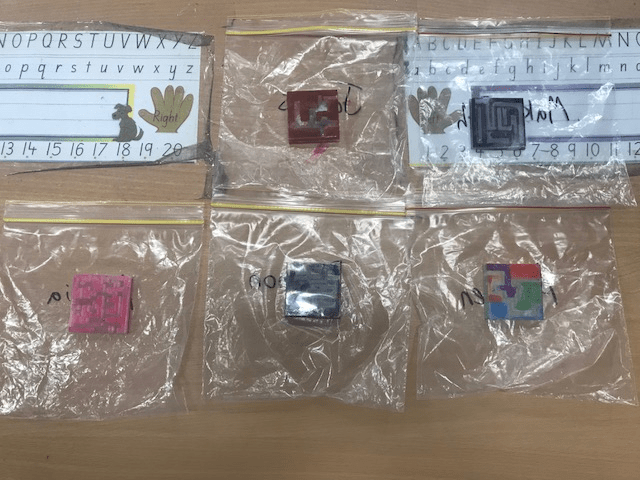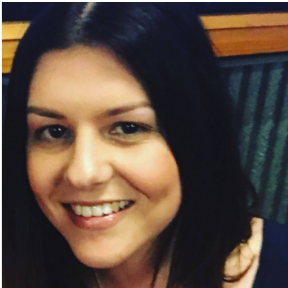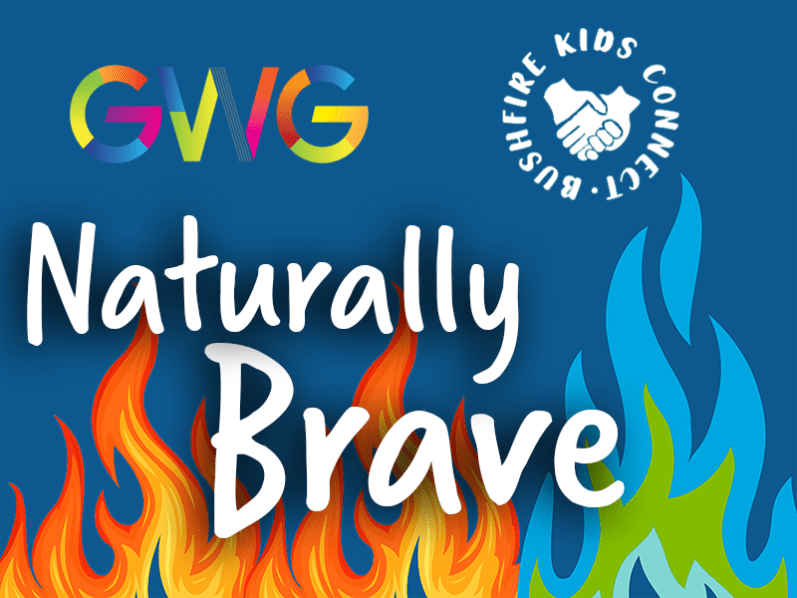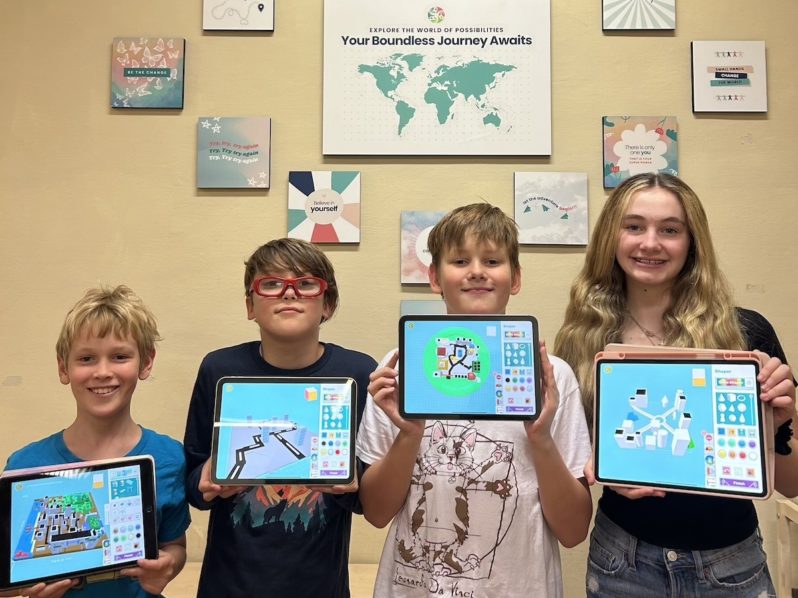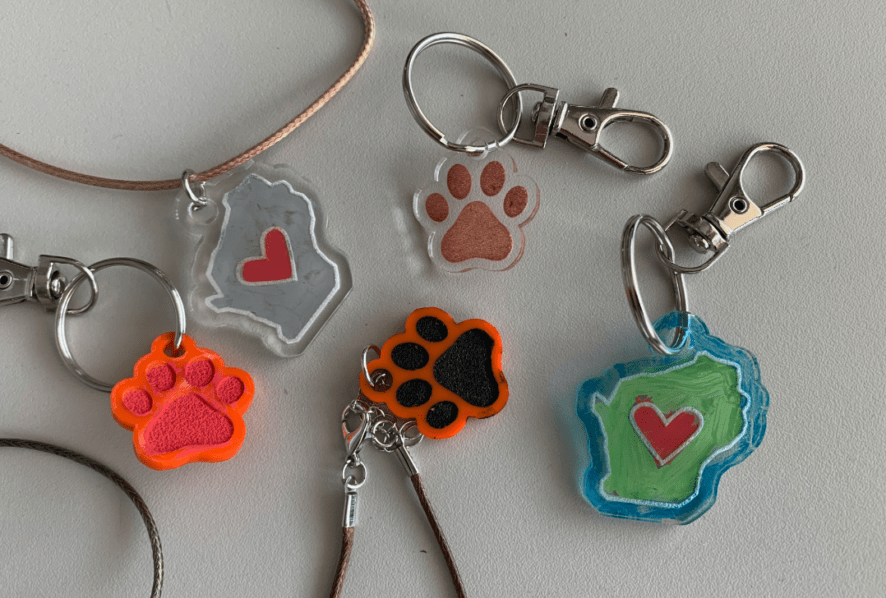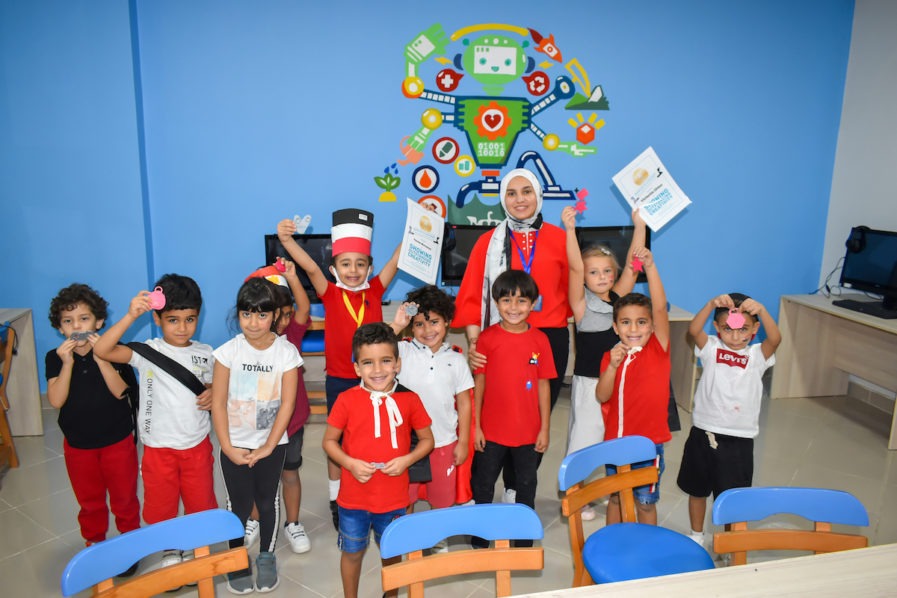Shauna Wood is a primary school teacher and Makers Empire Ambassador. She has been teaching for six years and has a Bachelors degree in Early Childhood Education. She currently teaches at Madison Park Primary School; previously, she taught at Carlton School. We recently spoke with Shauna earlier this year about her experience learning about 3D printing and Design Thinking and how she uses both to deepen student engagement and understanding in Literacy and Numeracy.
Introducing 3D Printing to a rural school
Teaching in a rural school can be a unique experience for city-dwelling educators. Moving to a rural setting and adjusting to life in a new community is one thing. Often, educators end up teaching classes for students across multiple grade levels, too. So being able to adapt teaching methods to suit the local community is important.
A few years ago, Shauna moved to Port Augusta in rural South Australia to teach at Carlton Primary School. Carlton has many Aboriginal and Torres Strait Islander students and student attendance at school is often transient. So finding projects that interest students and that they can start and then pick up again after an absence is important.
In 2017, Shauna took part in the Department for Education’s 3D Printing in Schools project: she and a teaching colleague completed Makers Empire’s Learning by Design course. As part of the course, each teacher had to complete a unit of work based around 3D printing and trial it with their students.
Back in the classroom, Shauna looked to her school’s key values for inspiration for one of her first 3D printing projects. She had a grade one class buddy up with students from a grade seven class to create tokens based on the schools’ key values of Confidence, Getting Along, Organisation, Resilience, and Persistence. Each student created a token to symbolise one of the school values in the Makers Empire app, which they could then use in the Dojo shop.


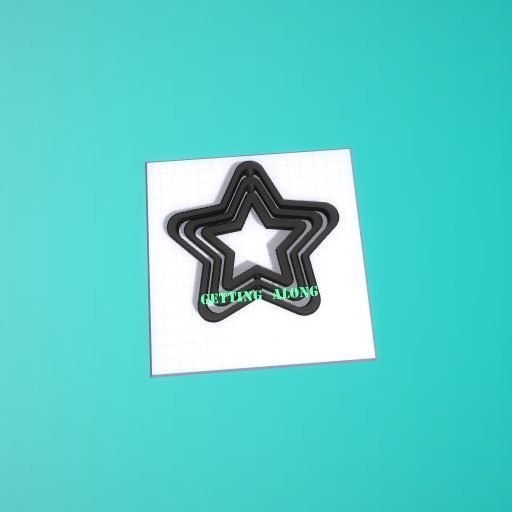
Some of the students struggled with their designs in the early stages so Shauna made sure to remind them of the importance of making mistakes.
She told her students, “it’s OK to fail. It’s OK to make mistakes. That’s how we learn.”
Throughout the project, Shauna learnt alongside her students. Often, students would have questions that she didn’t know the answers to yet, so students and teachers figured things out together.
Teaching Maths with 3D Printing
In Shauna’s own grade 1/2 class, the students really enjoyed the Amazing Mazes lesson plan, which helps teach students about mathematical concepts like volume, area and size.
First, her students created mazes using Lego building blocks, which they then took photos of so that they’d have a record of them to refer to. The students then recreated their lego designs in the Makers Empire app. For younger students, using tools like lego, drawing with pen and paper or painting is often a great first step in the creative process of designing with Makers Empire 3D.
“It was interesting to see some of my kids – how well they did. One of my kids struggles to finish any academic tasks – he often needs my help or the SSO’s support. But when we did the maze lesson, he just took off,” Shauna says.
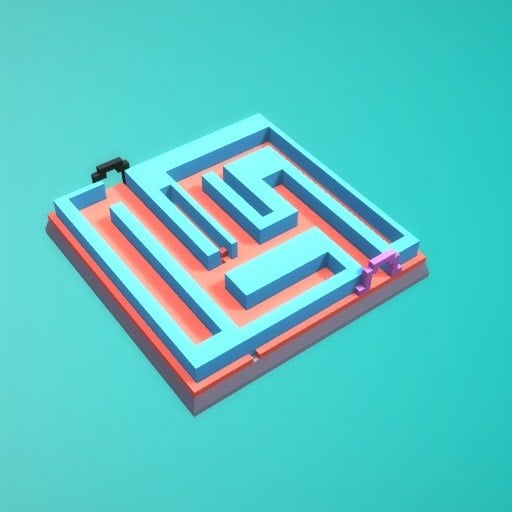
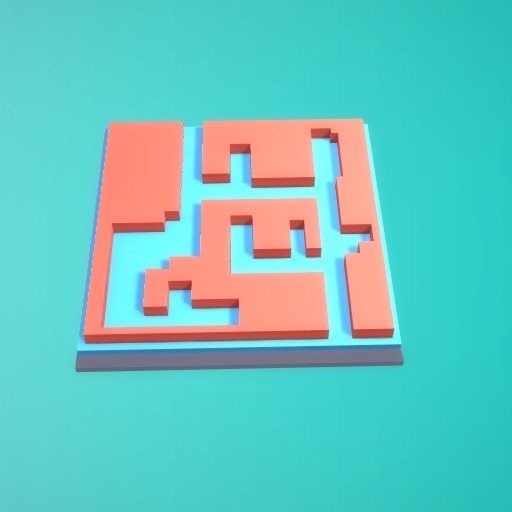
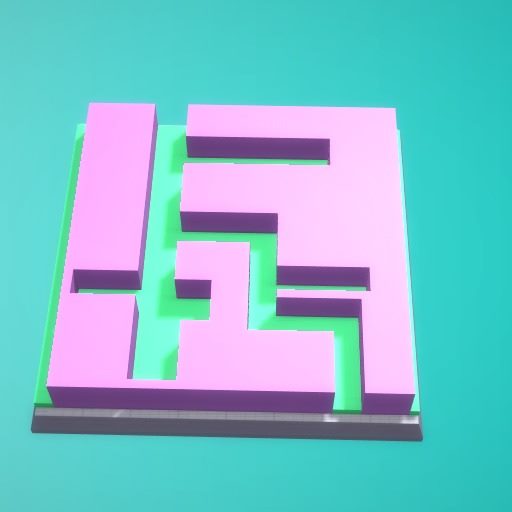
Teaching Literacy with 3D Printing
Shauna also looked to 3D printing to increase student engagement and understanding in her school’s English classes.
“One of the teachers in my school wanted to learn about 3D printing,” she says.
“She had an upper primary class so we buddied up. At the time, the kids were doing the book, The Very Hungry Caterpillar, so we adjusted the lesson plan (in the library) to do the project. Made it more literacy-based rather than scientific. The kids buddied up and worked with a partner to make their own Very Hungry Caterpillar based on the caterpillar’s known features etc.”

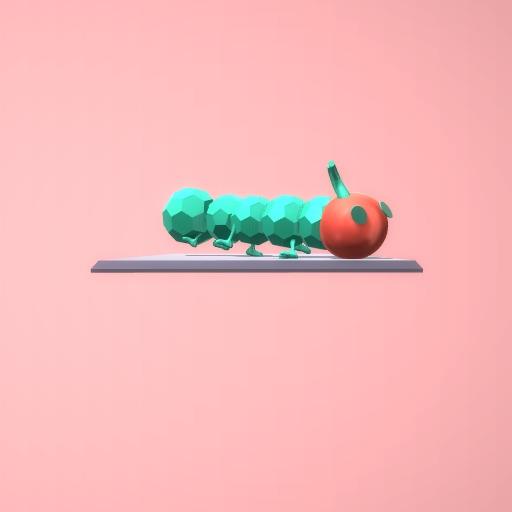
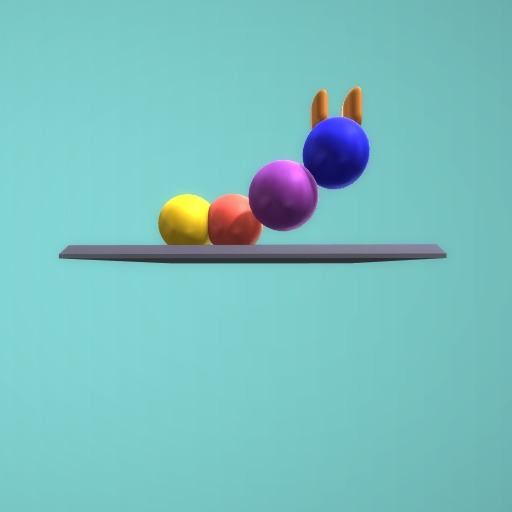
Shauna’s students also gained skills in presenting via one of the monthly Makers Empire Design Thinking competitions. Shauna explains: “we did the Monster competition. Students had to go around the school and collect votes to see which design should be 3D printed. They had to learn how to be persuasive – how to convince students to vote for them.”
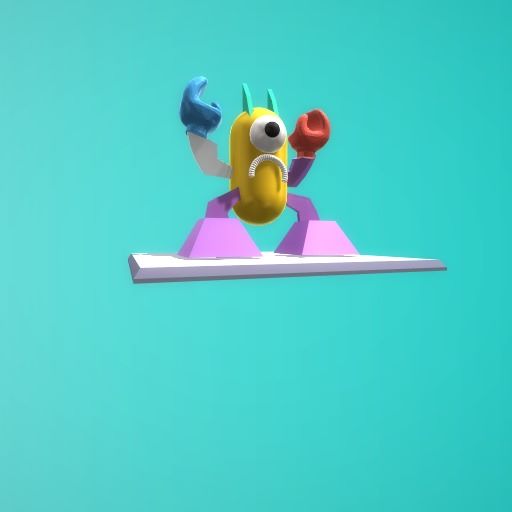
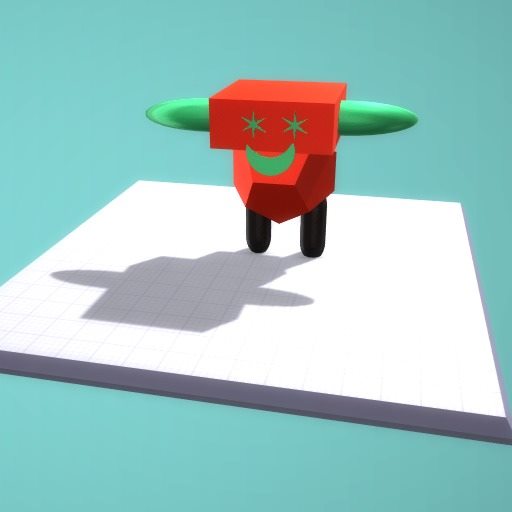
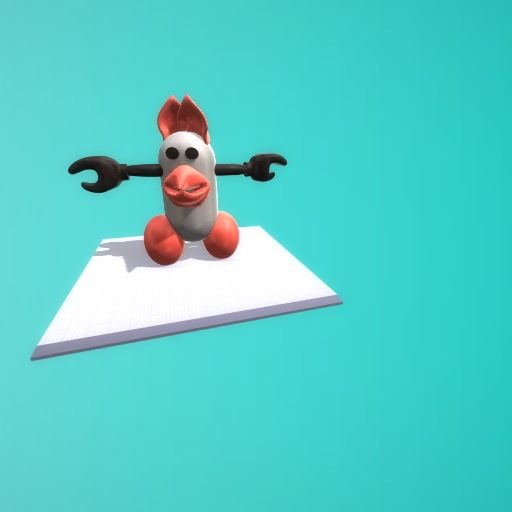
A 3D Printing Focus for Study Leave
Shauna spent her third term last year on paid study leave. During her leave, Shauna had the opportunity to visit schools in Victoria using Makers Empire, including Elwood Primary School and Courtney Gardens Primary School. At both schools, she was inspired by the way they were using 3D printing and Makers Empire to teach and came away with lots of ideas for new projects.
“At Elwood, they do 3D printing with the 5/6 class,” she says.
“They have a 3D printer in the art room and the teacher showed me these amazing packs. Each folder contained the model of a lesson. For example, for people who are blind, they were making objects with braille. So they were printing for a purpose.”
During her study leave, Shauna also visited teachers and schools in South Australia using Makers Empire. She met with Anne Davies at Forbes Primary School as well as fellow Makers Empire ambassadors, Megan Koop at Blakeview Primary School, Diana Harris at Richmond Primary School, Hajnalka Molloy at Aberfoyle Park Primary School Campus and Graham Gordon from Sturt Street Community School.
“I really enjoyed the observations, conversations and sharing of resources with like-minded teachers,” she says.
“I was fortunate to meet some fantastic educators and was grateful that they gave up their time to allow me to improve in my pedagogy.”
During her study leave, Shauna also presented at some of Makers Empire’s project days with schools here in Adelaide and shared some of her experiences.
“I really enjoyed presenting as it provided me with the opportunity to practise my public speaking skills as well as sharing my journey with other teachers who were about to embark on the project,” she says.

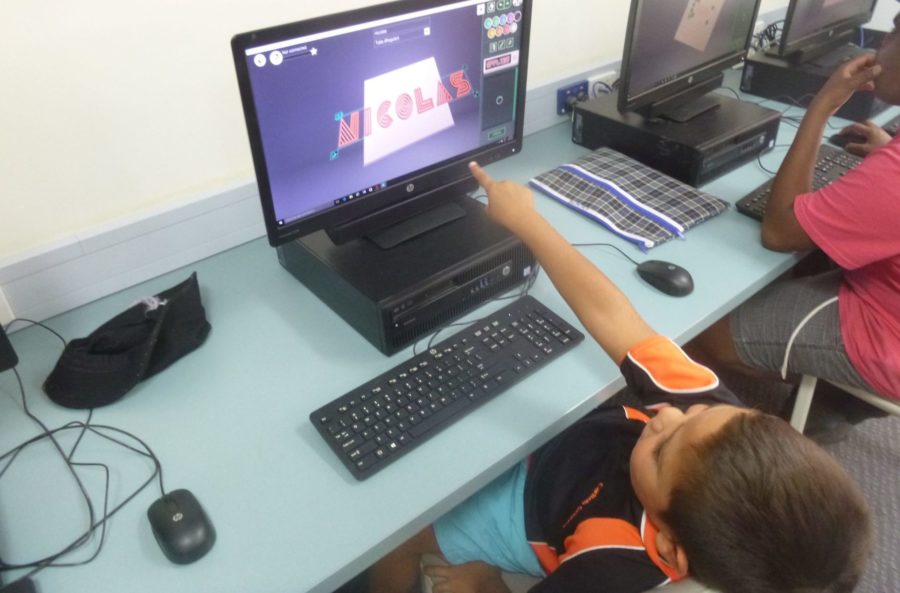
Whole School learning with 3D Printing
When Shauna returned back to Carlton School from her study leave, her principal asked her to conduct 3D printing lessons with staff and students.
“At first, I found it challenging having to plan and implement a unit of work involving 3D printing with five classes within the school and only nine weeks in the term,” she says.
“Most students had minimal prior knowledge to 3D printing (so) all classes started with the ‘Introduction to 3D printing’ (found on the Makers Empire website). I then looked through the lesson library and found the Chocolate Moulds unit of work, which focuses on students learning about measuring volumes and capacity by designing and printing a chocolate mould. I slightly tweaked it as it needed to engage and cater to students from Reception to year 7, and I also wanted to build more empathy with students. So we decided to make chocolate moulds as a Christmas present for a family member. I really enjoyed seeing the variations of designs from students in reception to year 7.”
Shauna enjoyed sharing the knowledge that she had gained.
“I love mentoring and teaching other teachers. I love having pre-service teachers, too. It makes me reflect on how much I’ve learned and how much I’ve grown, too. Most teachers were pretty keen to learn and implement it in their classes next year,” she says.
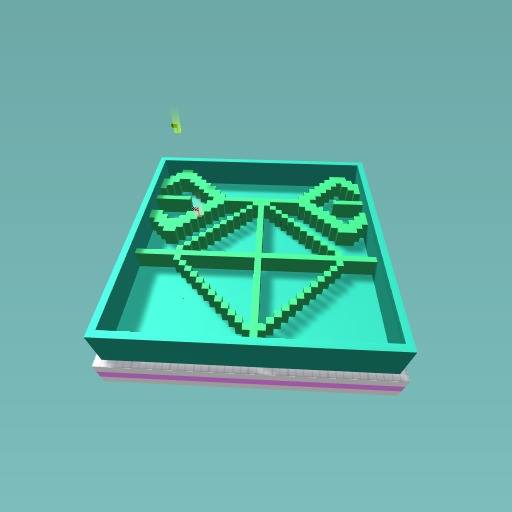
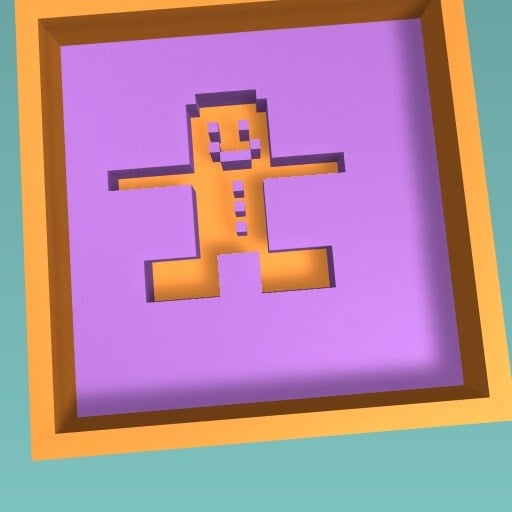

A New School To Continue Her 3D Printing Journey
After working in rural South Australia for the past 5 years, Shauna moved back to Adelaide and is now teaching a grade 1/2 class at Madison Park School, which also uses Makers Empire.
“I wanted to be placed at a school who has support for 3D printing. I didn’t want to waste the knowledge/experience I’ve gained from teaching and study leave,” Shauna says.
Thanks for sharing your story, Shauna. We’re looking forward to following your 3D printing journey and seeing all the great learning you and your students achieve.

